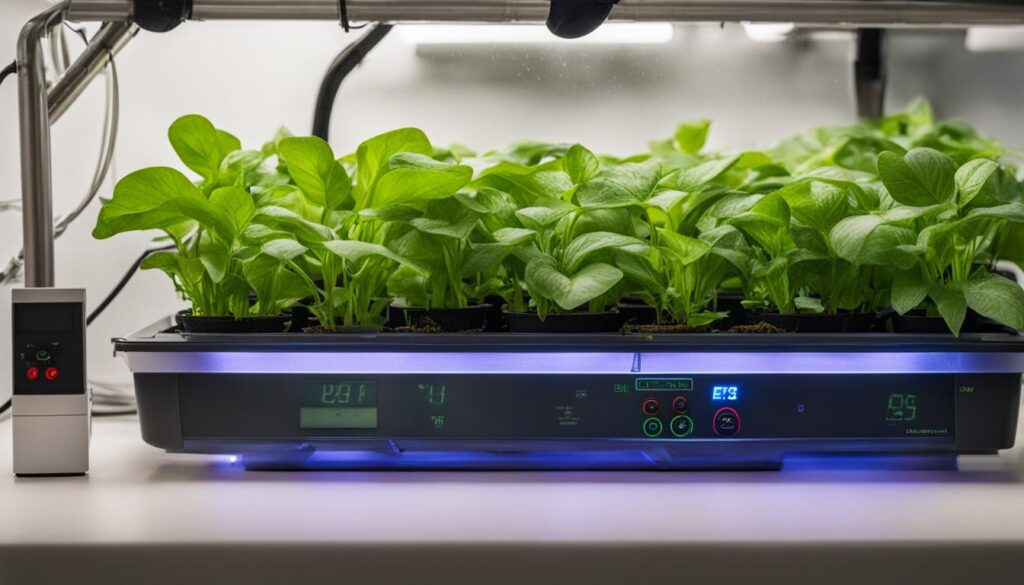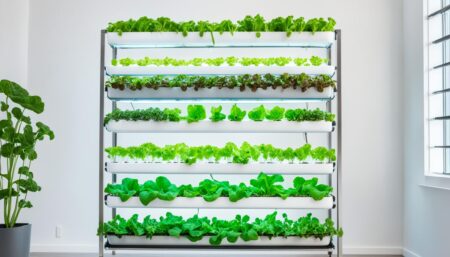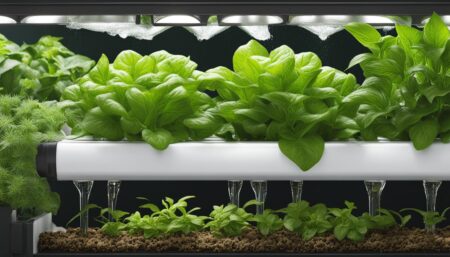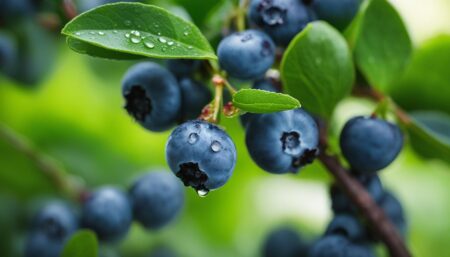If you are experiencing problems with your hydroponic pH controller, this comprehensive guide will help you troubleshoot and resolve them. Whether you are a beginner or an experienced hydroponic gardener, issues can arise at any time. By following the troubleshooting tips in this guide, you can ensure a healthy environment for your plants and optimize your hydroponic system.
Common Hydroponic Pests and Their Solutions
Pests can be a major challenge in hydroponic systems, as they can quickly infest and damage your plants. It’s essential to identify and address pest problems early on to prevent further damage and ensure the health of your hydroponic garden. Here are some common hydroponic pests and effective solutions to control them:
Fungus Gnats
Fungus gnats are tiny flies that thrive in moist conditions. They lay their eggs in the growing medium, and the larvae feed on plant roots, causing stunted growth and nutrient deficiencies. To control fungus gnats, use sticky traps placed near the plants to catch the adult flies. You can also allow the top layer of the growing medium to dry out between waterings, as this will deter egg-laying.
Aphids and Whiteflies
Aphids and whiteflies are sap-sucking insects that can quickly multiply and damage your plants. To control these pests, you can spray the affected plants with a mixture of water and insecticidal soap. You can also introduce natural predators like ladybugs or lacewings to feed on these pests.
Thrips and Spider Mites
Thrips and spider mites are tiny pests that feed on plant tissues, causing discoloration, distortion, and wilting. To control thrips, you can use sticky traps and regularly prune and dispose of affected plant parts. Spider mites can be controlled by spraying plants with a mixture of water and neem oil or insecticidal soap.
| Pest | Control Method |
|---|---|
| Fungus Gnats | Sticky traps, allowing the growing medium to dry out |
| Aphids and Whiteflies | Spray with water and insecticidal soap, introduce natural predators |
| Thrips and Spider Mites | Sticky traps, prune affected plant parts, spray with neem oil or insecticidal soap |
By implementing these pest control strategies, you can effectively manage and prevent pest infestations in your hydroponic system. Regular monitoring and maintaining good sanitation practices are also essential to keep your plants healthy and pest-free.
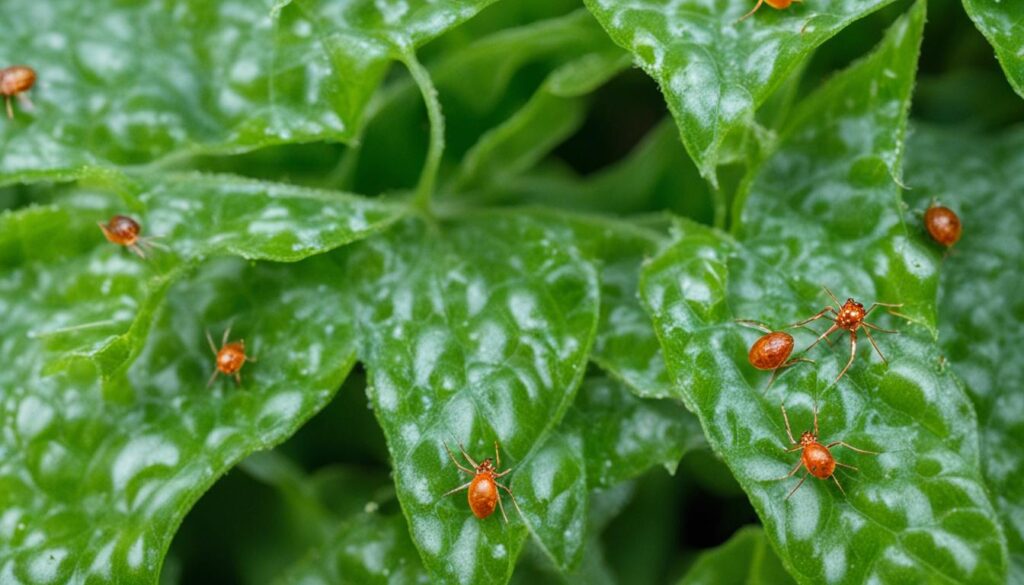
Importance of Water Quality in Hydroponics
The quality of water used in hydroponics plays a crucial role in the overall success and health of your plants. Testing the water regularly is essential to ensure optimal nutrient delivery and prevent potential problems. By maintaining proper water conditions, you can promote better plant growth and maximize the productivity of your hydroponic system.
Testing the water for pH and EC (electrical conductivity) levels is a fundamental practice in hydroponics. pH levels indicate the acidity or alkalinity of the water, while EC levels measure the concentration of nutrients in the solution. Both factors directly affect nutrient uptake by the plants’ roots.
Using a reliable pH meter and EC meter, you can monitor and adjust the water parameters to maintain the ideal range for your plants. The optimal pH range for most hydroponic crops is typically between 5.5 and 6.5, although specific plants may require variations within this range. Similarly, the EC levels should be within the appropriate range for the stage of growth and the specific nutrient requirements of your plants.
| Water Parameter | Ideal Range |
|---|---|
| pH | 5.5-6.5 |
| EC | Varies based on crop and growth stage |
Table: Ideal pH and EC ranges for hydroponic water
Starting with high-quality water is also crucial. Tap water may contain impurities that can affect the pH and nutrient levels. The use of water filters or reverse osmosis systems can help remove these impurities and provide a clean water source for your hydroponic system.
Regularly testing and maintaining water quality ensures that your plants have access to the right nutrients and pH levels. It allows you to make necessary adjustments and prevent nutrient deficiencies or toxicities that can hinder plant growth. By prioritizing water quality in your hydroponic system, you can create a healthier and more productive environment for your plants.
Avoiding Overcrowding in Hydroponic Systems
Overcrowding is a common issue in hydroponic systems, especially for beginners. It’s important to plan and consider the growth characteristics of the plants you want to grow. Avoid filling all the available spaces in your hydroponic system and leave room for proper plant development. If you have unused holes, cover them to prevent light and nutrient imbalances. Adequate spacing allows for better air circulation and reduces the risk of diseases and nutrient deficiencies.
To help you understand the importance of avoiding overcrowding in hydroponics, let’s take a look at a comparison table:
| Plant Density | Advantages | Disadvantages |
|---|---|---|
| High plant density | – Maximizes use of space – Increases yield potential |
– Risk of disease spread – Nutrient competition – Poor air circulation |
| Optimal plant density | – Balanced growth and development – Efficient use of resources |
– Requires careful planning and monitoring |
| Low plant density | – Enhanced air circulation – Reduced risk of disease – Easier management |
– Underutilization of space – Lower yield potential |
By maintaining an optimal plant density in your hydroponic system, you can maximize the benefits and minimize the drawbacks. It’s important to balance space utilization, plant growth, and ease of management.
Remember, proper spacing not only allows each plant to receive adequate light and nutrients but also facilitates access for maintenance tasks such as pruning and harvesting. By preventing overcrowding, you can optimize the overall performance of your hydroponic system and promote healthier, more productive plants.
Preventing Algae Growth in Hydroponic Systems
Algae growth is a common problem in hydroponic systems, as water, light, and nutrients create an ideal environment for algae to thrive. To maintain a clean and healthy hydroponic system, it is essential to take proactive measures to prevent algae growth.
Controlling Algae in Hydroponics
There are several effective strategies for controlling algae in hydroponic systems:
- Minimize light exposure: Algae require light to grow, so covering all open holes in your hydroponic system can help reduce their access to light. Use green sticker tops for Aerogarden grow anything pods to block light from reaching the water.
- Regular cleaning and maintenance: Good hygiene practices are key to preventing algae growth. Regularly clean your hydroponic system and remove any algae build-up. Use a gentle, non-toxic solution and a soft brush or cloth to scrub away algae.
- Use appropriate nutrient solutions: Algae thrives on excessive nutrients in the water. To prevent algae bloom, make sure to use nutrient solutions specifically formulated for hydroponic systems and follow the recommended dosage instructions. Avoid overfeeding your plants as it can lead to nutrient imbalances and promote algae growth.
“Controlling algae growth in hydroponic systems is crucial for maintaining optimal plant health and preventing nutrient imbalances.” – Hydroponic Gardening Expert
By implementing these preventative measures, you can significantly reduce the risk of algae growth in your hydroponic system and create a favorable environment for your plants to thrive. Regular monitoring and maintenance are key to ensuring the long-term success of your hydroponic garden.
Pollination in Hydroponic Systems
While many hydroponic plants, such as lettuce and herbs, are self-pollinating, certain fruit-bearing crops like peppers and tomatoes may benefit from pollination assistance. Although self-pollination occurs naturally, providing gentle shaking of the stems or introducing a small oscillating fan can improve pollination and increase yields. While pollination is not always necessary, taking action to assist the process can lead to better fruit development and overall plant health.
| Pollination Methods | Advantages | Disadvantages |
|---|---|---|
| Gentle shaking of the stems | – Simple and cost-effective method – Stimulates pollen transfer – Improves fruit set and development |
– Time-consuming for larger hydroponic setups – Requires manual intervention – May not be effective for all plant varieties |
| Oscillating fan | – Provides consistent airflow and movement – Simulates natural wind for pollination – Suitable for larger hydroponic systems |
– Requires additional power source – May cause excessive drying of plants if not properly controlled – Not suitable for all plant varieties |
When implementing pollination assistance techniques in your hydroponic system, it is important to consider the specific requirements and characteristics of your plants. Some plants, such as strawberries, have specialized pollination needs and may benefit from the introduction of specific pollinators like bees or even manual pollination using a soft-bristled brush. Understanding the pollination requirements of your chosen crops will help you optimize the pollination process and maximize yields.
Enhancing Pollination in Hydroponic Systems
To further enhance pollination in your hydroponic system, you can create an environment that attracts natural pollinators. This can be achieved by planting companion flowers, such as marigolds or borage, which release attractive scents and colors that attract beneficial insects like bees and butterflies. Having these pollinators visit your hydroponic system can improve cross-pollination and increase the chances of successful fertilization.
Additionally, optimizing the lighting conditions in your hydroponic setup can also play a role in enhancing pollination. Providing appropriate light intensity and spectrum can influence flower development and increase the production of nectar and pollen. LED grow lights with customizable settings can be used to mimic natural sunlight and promote optimal flower production in your hydroponic plants.
Conclusion
In conclusion, this troubleshooting guide provides valuable insights and tips for resolving common problems with hydroponic pH controllers. By addressing issues related to pests, water quality, overcrowding, algae growth, and pollination, you can maintain a healthy hydroponic system and promote optimal plant growth.
Regular monitoring, testing, and proactive measures are essential for preventing and resolving potential issues. By following the tips in this guide, you can ensure that your hydroponic pH controller functions properly and delivers the required nutrients to your plants.
Remember to maintain healthy water quality by testing regularly and adjusting pH and EC levels as needed. It is also crucial to keep pests at bay through proper hygiene practices and utilizing effective pest control methods.
Lastly, be mindful of overcrowding in your hydroponic system to allow adequate spacing for proper plant development. By implementing these tips and maintaining a healthy hydroponic system, you will create an optimal environment for your plants to thrive and achieve successful yields.



